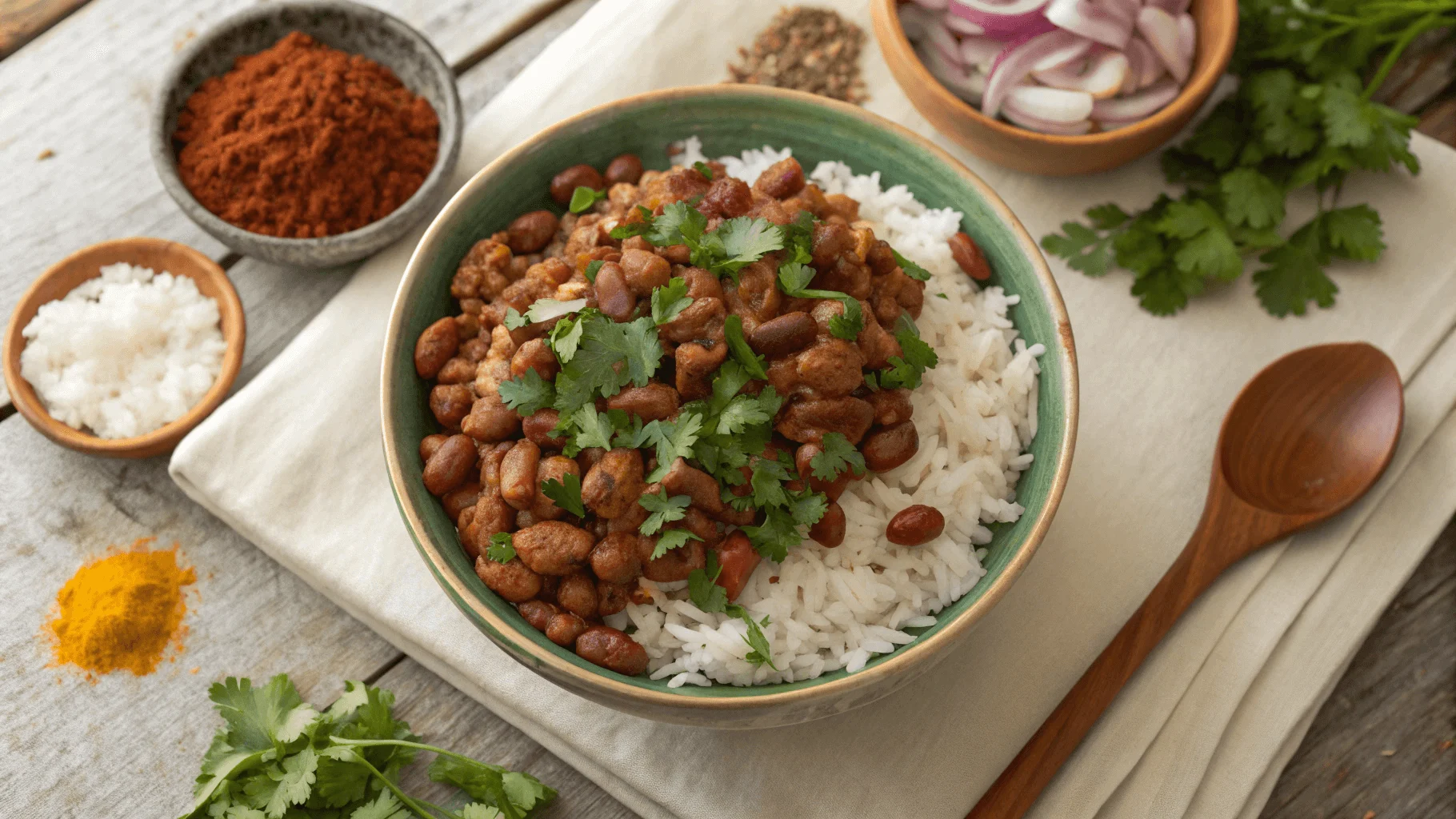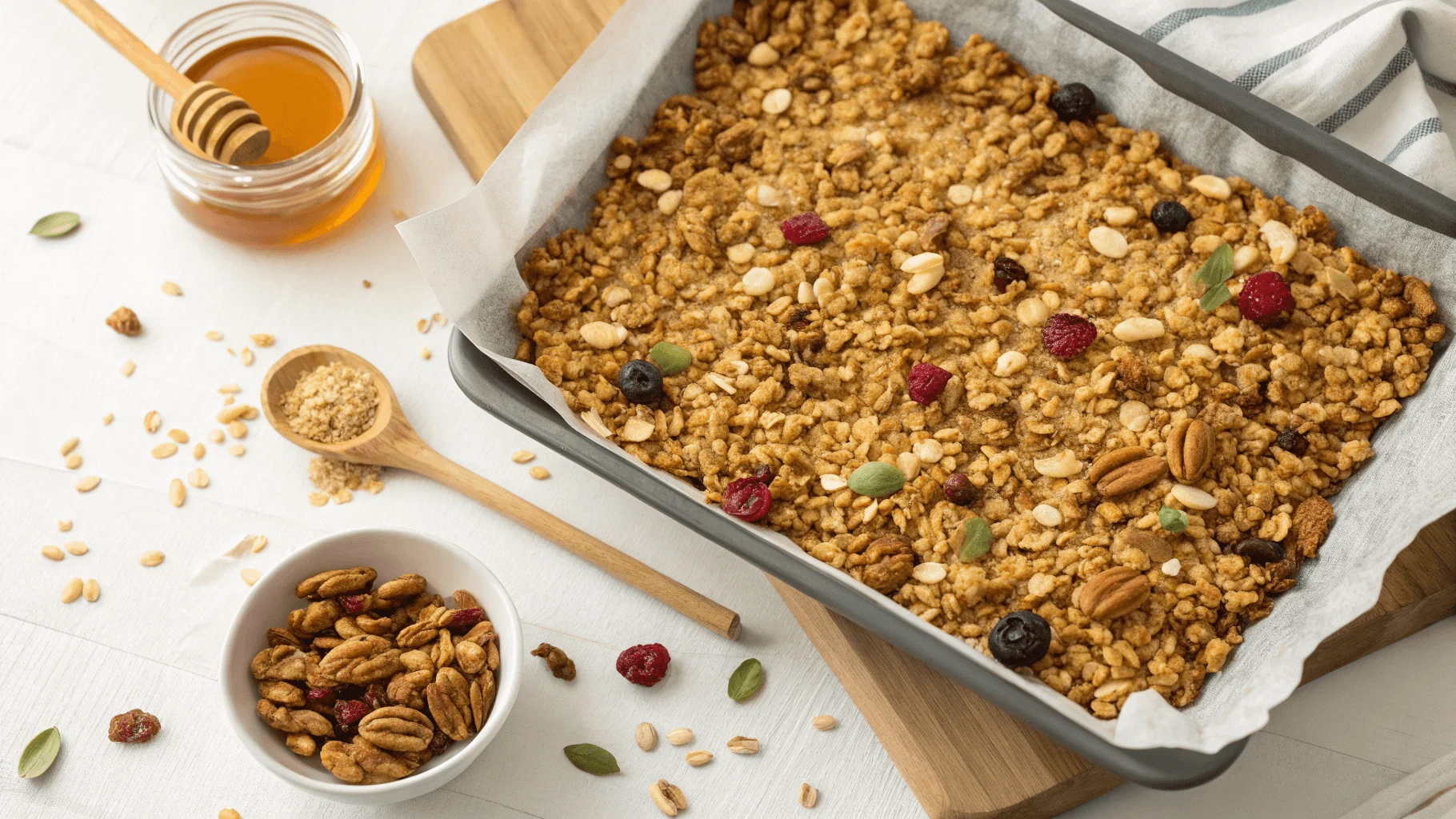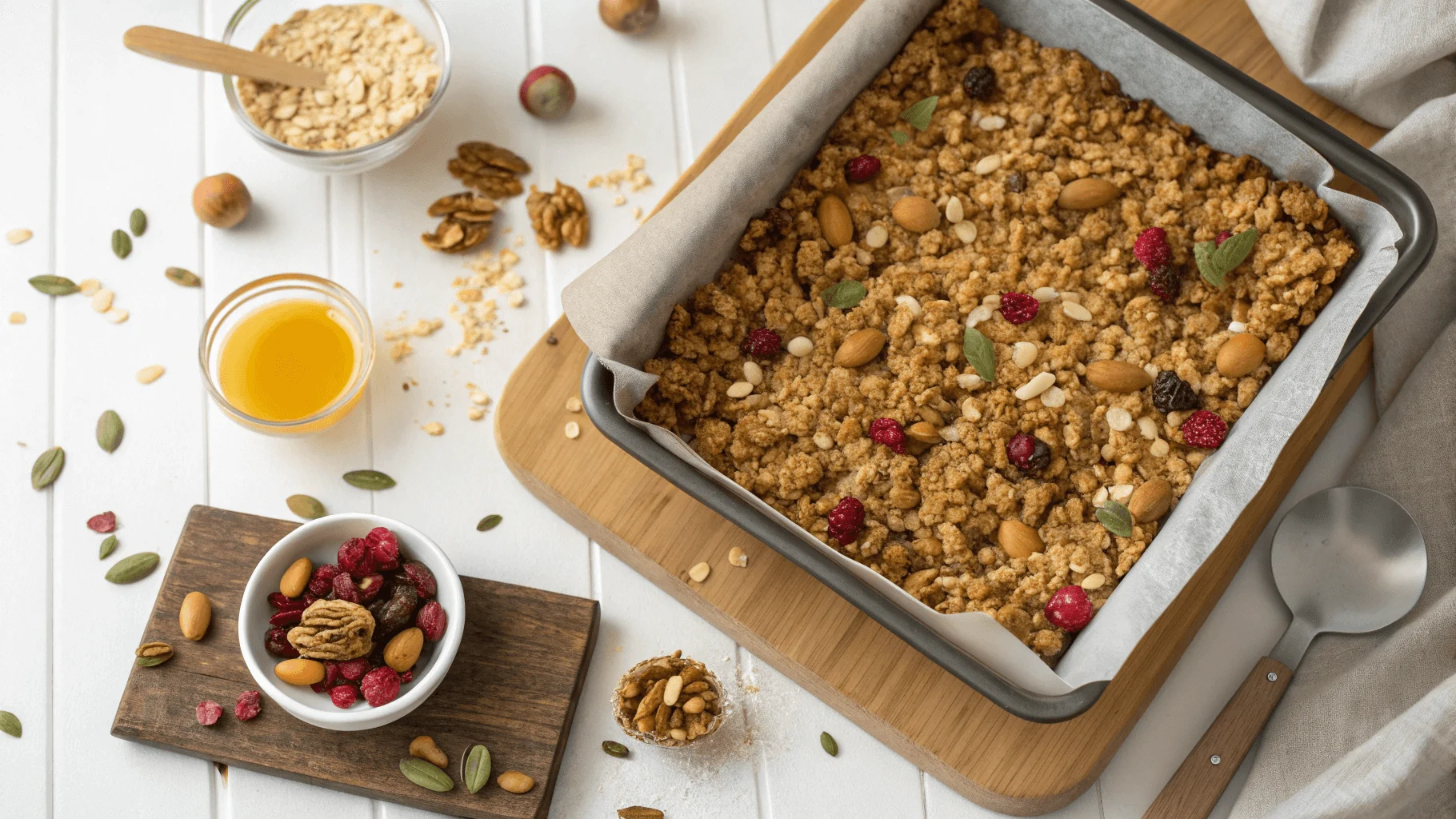When it comes to preparing delicious sausage balls, Bisquick is often the go-to ingredient. However, there may be times when you’re out of Bisquick or prefer to avoid it for dietary reasons. The good news is that there are several effective best substitutes for Bisquick you can use without compromising the texture and flavor of the dish. In this article, we will explore the different options you can consider and provide guidance on how to make the best substitution based on your needs. Whether you’re avoiding gluten or simply running low on Bisquick, we’ve got you covered.
Understanding Bisquick and Its Role in Sausage Balls
What is Bisquick?
Bisquick is a pre-mixed flour blend that contains flour, baking powder, salt, and fat. It was designed to save time in baking by eliminating the need to measure and combine these basic ingredients separately. Originally, Bisquick was created to make pancakes, waffles, and biscuits quickly, providing convenience in preparing various recipes. Its versatility makes Bisquick a common ingredient in different recipes, including sausage balls and baked goods. The key to Bisquick’s popularity in sausage balls lies in its ability to produce light textures without extra leavening agents.
Why is Bisquick commonly used in sausage balls?
Bisquick is a popular choice in sausage ball recipes due to its ability to simplify the preparation process. By combining flour, baking powder, and fat in a single product, it cuts down on the need for extra ingredients and speeds up the cooking time. The light and fluffy texture that Bisquick provides is essential in creating sausage balls with the right consistency. Additionally, the convenience of using Bisquick allows home cooks to create these savory treats quickly and efficiently.
Best Substitutes for Bisquick in Sausage Balls
When you need to substitute Bisquick in sausage balls, there are several options to consider. Each substitute has its own unique properties, which can impact the texture, flavor, and ease of preparation. Below are some of the most common substitutes for Bisquick, along with tips on how to use them effectively in sausage ball recipes.
Top Homemade Substitutes for Bisquick in Sausage Balls
Creating your own Bisquick substitute is a straightforward process, and it allows you to control the ingredients used. This option is perfect for those who want to replicate the texture and flavor of Bisquick without relying on a store-bought product. By combining flour with baking powder, you can achieve a similar outcome to Bisquick. Homemade versions can also be tailored to suit specific dietary preferences or ingredient availability.
For more detailed guidance, explore how to make perfect sausage balls without Bisquick.
If you’re looking for a quick and easy way to replace Bisquick, making your own substitute at home can be a great option. Homemade substitutes allow you to control the ingredients, ensuring that the mix suits your dietary needs or preferences.
To make a simple homemade Bisquick substitute, combine all-purpose flour and baking powder. The basic ratio is 1 cup of flour to 1 ½ teaspoons of baking powder. You can also add a pinch of salt and a tablespoon of butter or oil to mimic the fat content of Bisquick. This substitute works well in sausage balls, producing a light, fluffy texture similar to the original.
Flour and Baking Powder Mix as a Bisquick Substitute
A straightforward substitute for Bisquick is a combination of all-purpose flour and baking powder. This mix replicates the leavening action that Bisquick provides, making it an easy swap. The ratio typically used is 1 cup of flour to 1 ½ teaspoons of baking powder. You can adjust the proportions if you’re making a larger or smaller batch.
To mimic the fat content of Bisquick, you can add 1 tablespoon of butter or oil. This mixture will create a similar texture to Bisquick in your sausage balls, although it may require slight adjustments in the liquid amounts depending on your flour choice.
Pancake Mix as the Best Bisquick Replacement
Another popular substitute for Bisquick in sausage balls is pancake mix. Since pancake mix often contains flour, baking powder, salt, and sugar, it can work as a good replacement. However, you should keep in mind that pancake mix may alter the flavor of your sausage balls due to the added sweetness.
If you use pancake mix, you may need to reduce or eliminate any sugar in your sausage ball recipe to keep the savory flavor intact. This option is quick and convenient, making it a great substitute when you’re short on time.
If you’re using pancake mix and want to perfect the cooking process, check out this ultimate guide to reheating sausage balls without Bisquick for tips.
Gluten-Free Substitutes for Bisquick in Sausage Balls
For those with gluten sensitivities or allergies, there are several gluten-free alternatives to Bisquick that work well in sausage balls. These substitutes may require some adjustments to the recipe, especially in terms of liquid and binding agents, but they can yield delicious results.
Learn more about preventing dry sausage balls and common mistakes when experimenting with different substitutes.
Almond Flour & Baking Powder
Almond flour is a popular gluten-free option that pairs well with baking powder to replace Bisquick. This substitute offers a mild, nutty flavor and a slightly denser texture. Almond flour does not absorb as much liquid as other gluten-free flours, so you may need to adjust the amount of egg or liquid to achieve the desired dough consistency.
Additionally, almond flour can produce a more moist sausage ball. If you prefer a lighter texture, consider combining almond flour with another gluten-free flour like rice flour.
Coconut Flour & Baking Powder
Coconut flour is another gluten-free alternative, but it is more absorbent than almond flour. To substitute Bisquick with coconut flour, you’ll need to increase the liquid in your recipe. A good starting point is to use about 1 tablespoon of coconut flour for every 3 tablespoons of regular flour, along with additional egg or milk to compensate for the dryness.
Coconut flour imparts a subtle flavor that complements the savory notes of sausage. However, due to its absorbency, it may require more liquid and adjustment in the cooking process, so be prepared for slight trial and error.
These gluten-free substitutes provide excellent options for those avoiding gluten, but be mindful of the necessary adjustments to ensure the best texture and consistency in your sausage balls.
Factors to Consider When Choosing the Best Substitutes for Bisquick
When selecting a Bisquick substitute for sausage balls, there are several factors to consider that can impact the overall result. Understanding these factors will help you choose the best option for your recipe.
Texture and Consistency of the Bisquick Substitute
One of the most important factors to keep in mind is how the substitute affects the texture and consistency of the sausage balls. Bisquick is designed to produce a soft and fluffy texture, so any substitute you choose should have similar properties. For example, pancake mix and flour with baking powder tend to produce light and airy sausage balls, while almond flour and coconut flour may create denser results.
Flavor Impact of Different Bisquick Substitutes
The flavor of your sausage balls may also be affected by the substitute you choose. Pancake mix, for instance, can add a slight sweetness, which may or may not complement the savory flavors of the sausage. On the other hand, almond flour and coconut flour introduce their own unique flavors, which could change the overall taste profile of your sausage balls. Make sure to choose a substitute that aligns with your flavor preferences.
Dietary Restrictions and Preferences: Finding the Best Bisquick Substitute
For individuals with specific dietary restrictions, such as those following a gluten-free or low-carb diet, it’s essential to select substitutes that meet their needs. Almond flour and coconut flour are great gluten-free options, while other alternatives, such as cornmeal or rice flour, may be suitable for different dietary preferences. Be sure to consider any allergies or preferences when choosing your substitute.
Adjustments to Recipe When Substituting Bisquick
When you substitute Bisquick in your sausage ball recipe, adjustments may be necessary to achieve the desired texture and flavor. Bisquick contains flour, baking powder, salt, and fat, so replicating these components is crucial with substitutes. Below are some key adjustments you may need to make based on the substitute you use.
Adjusting for Gluten-Free Alternatives in Sausage Balls
If you’re using a gluten-free substitute, such as almond flour or coconut flour, it’s important to account for the differences in absorbency and structure. Gluten-free flours lack the gluten that provides structure and elasticity, so additional adjustments are required.
- Binders: To help the sausage balls hold together, consider adding a binder such as xanthan gum or guar gum. These can help mimic the elasticity that gluten provides.
- Liquid: Gluten-free flours, especially coconut flour, absorb more liquid than traditional flours. Start by adding less liquid than you would in a standard recipe and gradually increase until you achieve the desired dough consistency.
- Eggs: Gluten-free flours often require more eggs to provide moisture and help the mixture hold together. You may need to increase the egg content or add an extra egg if the mixture seems too dry.
Altering Liquid Quantities with Bisquick Substitutes
Since Bisquick already contains some fat and moisture, replacing it with flour or pancake mix will likely require adjustments to the liquid ingredients in your sausage ball recipe. Here are a few tips to get the right dough consistency:
- Pancake Mix and Flour: If you’re using pancake mix or a flour-baking powder mix, you may need to add extra butter or oil to replicate the fat content that Bisquick provides. This will help keep the sausage balls moist and prevent them from becoming too dry.
- Coconut Flour: Coconut flour is highly absorbent, so you’ll need to significantly increase the liquid content, often by up to 1.5 times more than the original recipe calls for. Start with a small amount and slowly add liquid until you reach the desired dough texture.
- Almond Flour: Almond flour is less absorbent than coconut flour but still requires slightly more liquid than all-purpose flour. Add a little extra milk or broth as needed to get the right consistency for forming the sausage balls.
These adjustments ensure that your sausage balls turn out well when you substitute Bisquick with a different ingredient. Be patient and adjust gradually, especially when working with gluten-free options or more absorbent ingredients like coconut flour.
Pros and Cons of the Best Bisquick Substitutes
When it comes to choosing a substitute for Bisquick in sausage balls, several factors come into play. The right substitute will depend on your dietary preferences, the texture you want to achieve, and how much time you have for preparation. Below are the pros and cons of some popular Bisquick substitutes.
Benefits of Homemade Substitutes for Bisquick in Sausage Balls
Pros:
- Customizable: Homemade substitutes allow you to control the ingredients, making it easy to tailor the mixture to your specific needs, such as gluten-free or low-carb options.
- Cost-effective: Making your own substitute with basic ingredients like flour and baking powder is often cheaper than buying pre-packaged mixes.
- Freshness: Homemade substitutes are often fresher, with fewer preservatives, which can result in a cleaner taste and more control over the final product.
Cons:
- Time-consuming: While simple, preparing a homemade substitute takes time to mix and measure the ingredients. This might not be ideal if you’re in a hurry.
- Trial and error: Achieving the perfect texture and consistency can require some experimentation, especially if you are adjusting for dietary needs like gluten-free or low-carb diets.
Convenience of Pre-Packaged Alternatives to Bisquick
Pros:
- Time-saving: Pre-packaged alternatives like pancake mix or self-rising flour are ready to use, saving you time and effort in preparation.
- Consistency: These products are formulated to provide consistent results, meaning you don’t have to worry about adjusting the proportions of ingredients.
- Convenient for busy cooks: For those who want a quick and easy solution, using pre-packaged mixes eliminates the need for measuring and combining multiple ingredients.
Cons:
- Added ingredients: Pre-packaged mixes often contain additives, preservatives, or extra sugar, which may alter the flavor or texture of your sausage balls.
- Limited customization: Unlike homemade substitutes, pre-packaged mixes can’t be easily adjusted for dietary restrictions or specific taste preferences, especially if you need gluten-free or low-carb options.
Choosing the best substitute for Bisquick ultimately depends on your priorities—whether it’s cost, time, or dietary needs. Homemade substitutes provide flexibility and control, while pre-packaged mixes offer speed and reliability.
FAQs
Can I use cornbread mix as a substitute for Bisquick?
Yes, cornbread mix can be used as a substitute for Bisquick in sausage balls. While it may add a slightly different texture and flavor, it can still work well in the recipe. Cornbread mix often contains cornmeal, which can result in a more crumbly texture.
Is it possible to substitute Bisquick with self-rising flour?
Yes, self-rising flour can be used as a substitute for Bisquick in sausage balls. Since self-rising flour already contains baking powder and salt, it provides a similar leavening effect to Bisquick. However, you may need to adjust the fat content by adding butter or oil.
How do I make sausage balls without Bisquick?
To make sausage balls without Bisquick, substitute it with a mixture of flour and baking powder or pancake mix. You can also use a pre-packaged alternative like pancake mix for convenience in the recipe. You may also consider using a gluten-free substitute if needed. Adjust the liquid quantities based on the substitute used to achieve the right dough consistency.
What are the best gluten-free substitutes for Bisquick in sausage balls?
The best gluten-free substitutes for Bisquick in sausage balls include almond flour, coconut flour, and gluten-free all-purpose flour. Each of these options provides a suitable alternative to Bisquick, though adjustments to liquid and binding agents may be necessary.
Conclusion
In conclusion, there are numerous alternatives to Bisquick that you can use in sausage balls, each offering its own set of benefits and challenges. Whether you prefer the ease of pre-packaged products or want to create a homemade substitute, the key is understanding the impact of each option on the texture, flavor, and consistency of your sausage balls. By experimenting with different substitutes and making the necessary adjustments, you can continue to enjoy this delicious dish without Bisquick.






2 thoughts on “How to Make Sausage Balls Without Bisquick: The Best Substitutes”